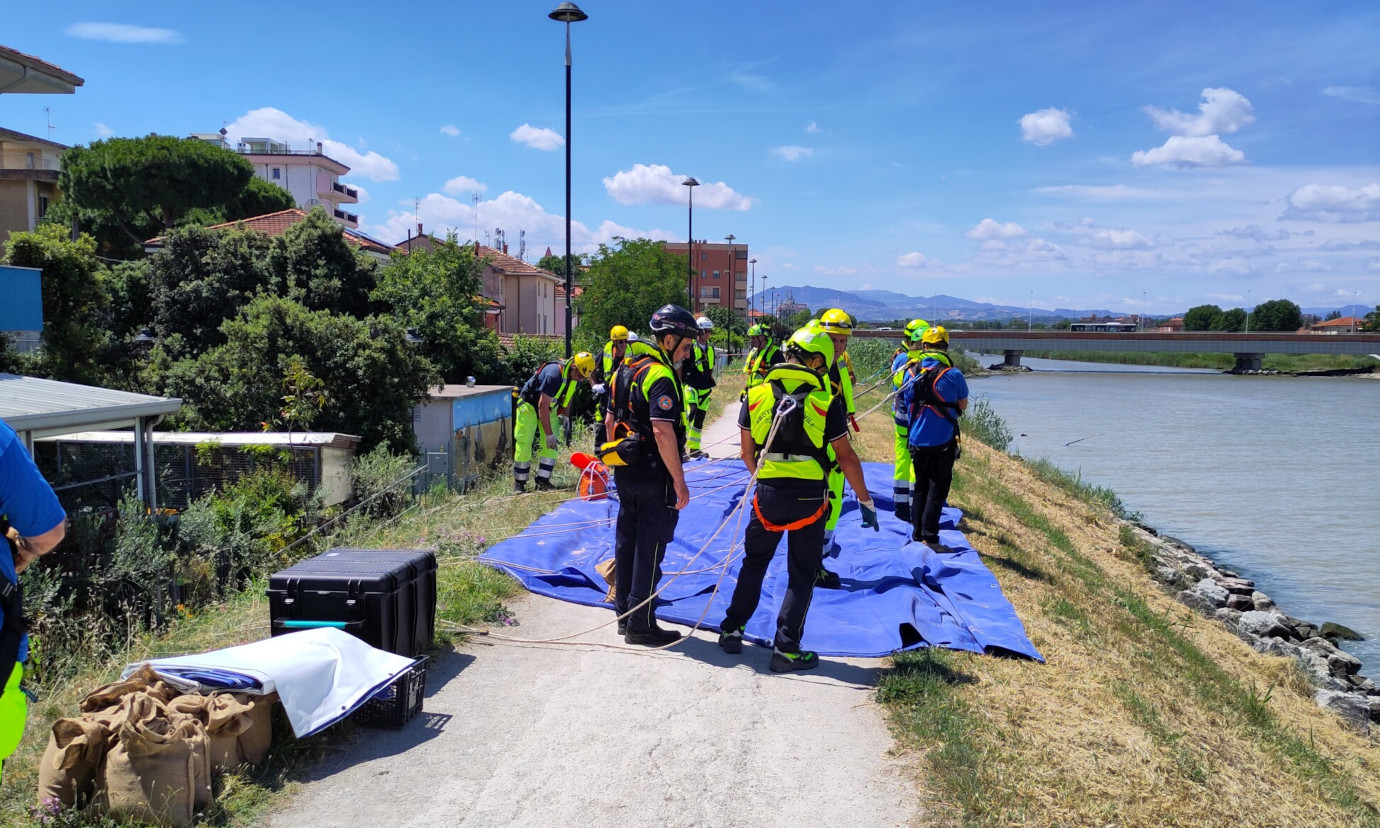 Civil protection exercise in the event of a flood
Civil protection exercise in the event of a flood
The DIRECTED project’s second General Assembly recently took place in Rimini, Italy. It was organized by the project partners GECOsistema, ARSTPC Emilia-Romagna (agenzia regionale per la sicurezza territoriale e la protezione civile) and ARPAE Emilia-Romagna (agenzia regionale prevenzione ambiente energia) and provided deep insights into the challenges and requirements of the Emilia-Romagna region Real World Lab. We also consolidated the road maps for all four Real World Labs and discussed general project issues.
The first two days of the General Assembly were designed as a “Civil Protection Exercise” simulating a real disaster event.
Day 1: “The day before the storm”
The meeting began with a welcome and presentation of the General Assembly agenda, and quickly moved on to the alerting framework used in the Emilia-Romagna region.
Colleagues from ARPAE presented their system, including the models, data and tools they use. It covers meteorological, hydrogeological and hydraulic warnings, currently characterized by nine different hazards, such as thunderstorm and coastal flooding. For each hazard, a warning level (green, yellow, orange, red) is provided for 18 predefined zones. These warnings are summarized in a bulletin that is issued once a day. We also had the opportunity to watch the livestream of ARPAE’s daily meteorological briefing, where the current situation is assessed. The system works in two phases: the forecast phase and the event phase. In the event phase, a much closer monitoring is required and the office will be open 24 hours a day.
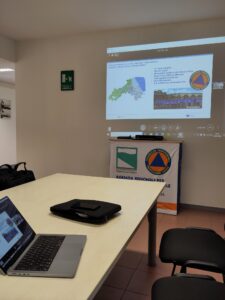
For the exercise, a fictitious scenario was introduced that included fluvial, pluvial and coastal flooding due to a severe storm event. This reference event was designed using knowledge of historical events in combination with the expected intensification of such events due to climate change. In accordance with the alerting framework, the scenario lead to several warnings with orange and red criticality alerts.
After communication of the alert levels, it is the responsibility of the Civil Protection Agency (ARSTPC) to coordinate further action. The procedure is defined in a regional intervention model. A multitude of entities must be activated to take necessary actions to minimize the impact of the event. These entities include municipalities, police and fire departments. Volunteers also play an important role, as will be highlighted on the second day. In order to get a better understanding of the procedures, we visited the civil protection control room in the afternoon.
Day 2: “The flood event day”
On the second day, the fictitious storm reached Rimini and action was needed to prevent any damage or loss. In the morning, we met in front of the Port Authority, next to the harbor canal. A group of people from the Civil Protection Agency and various voluntary organizations from Rimini and Ferrara had already gathered. Soon a number of vehicles arrived with equipment and more volunteers who immediately started the exercise by building a barrier of sandbags to protect the harbor area. During this time we could observe the differrent activities and the leaders of the organizations explained the operations and the particular challenges faced in real disasters.
After completing this part of the exercise, we walked to the nearby Marecchia river, where the next challenge awaited. Volunteers donned safety equipment and reinforecd the river bank with a tarpaulin. As the weather was beautiful, it took a bit of imagination to grasp the difficulties of a real event. This makes it all the more it is important to conduct these exercises on a regular basis. This part of the General Assembly concluded with a lunch on the beach, provided by the field kitchen of the volunteer associations.
Day 3: Project road map and final remarks
The third and final day of the General Assembly was dedicated to management topics with a focus on the project roadmap for the coming months. We also decided that the next General Assembly will be hosted by the Real World Lab “Copenhagen and the Capital Region”. An intensive and successful meeting came to an end. We would like to thank everyone involved inorganizing the meeting and all participants for the fruitful discussions and are looking forward to further work together on the DIRECTED project!
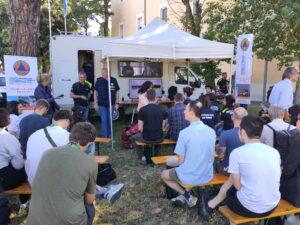
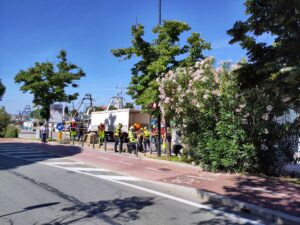
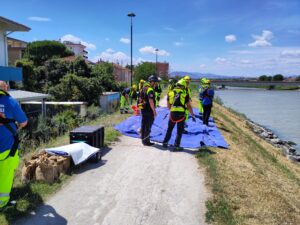
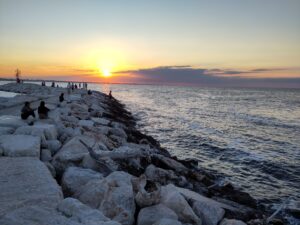
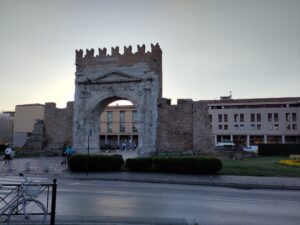
Leave a Reply